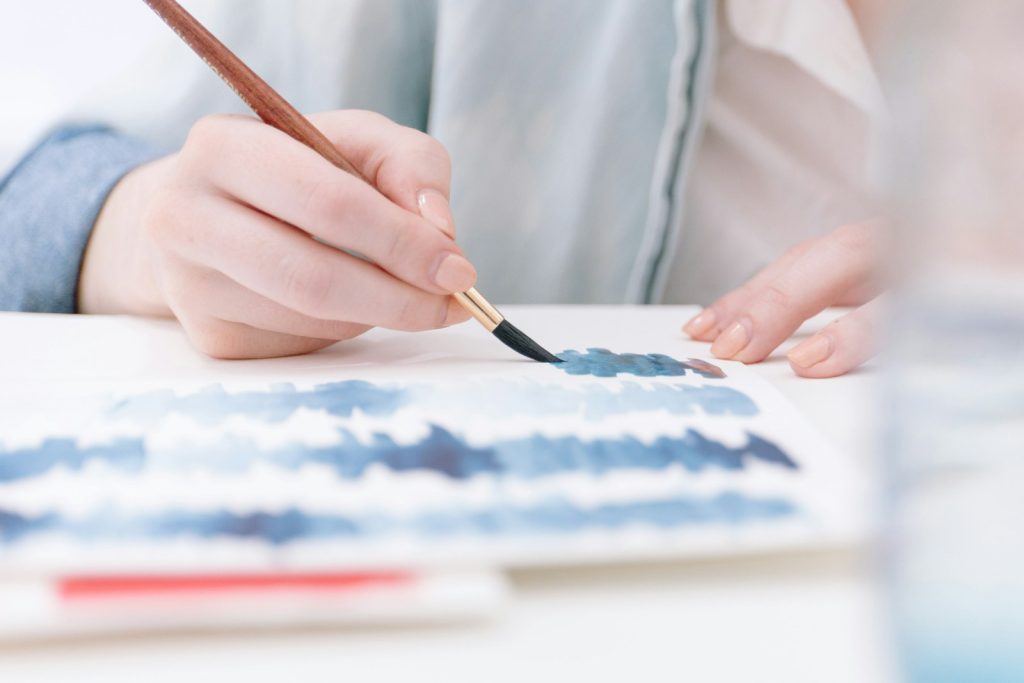Art therapy patients can express themselves more vividly using new AI-assisted tool

Posted Jan 24, 2024 03:51:24 PM.
Last Updated Jan 24, 2024 03:51:29 PM.
Researchers out of the University of Waterloo (UW) just released a new digital art tool that utilizes artificial intelligence (AI) to help art therapy patients express themselves more vividly.
It’s called DeepThInk. The AI can help patients paint a more dramatic or creative illustration by simplifying the process. The AI Brush is capable of creating unique backgrounds in a variety of mediums the user can choose from.
Computer science researchers out of UW and the Southern University of Science and Technology collaborated alongside five registered therapists from the Canadian Art Therapy Association to create the tool.
Out of the collaboration, researchers learned it was important for humans and AI to co-create art together instead of AI just being used to generate flashy images.
The digital art tool is still in its prototype phase but they are looking to release it as a free, open-source tablet app.
In a video posted to YouTube, researchers say, “only few explorations have designed art making interfaces tailored for art therapy and opportunity to leverage AI technologies is under explored. To probe the human AI co-creation in digital art therapy, we collaborated with a group of experienced art therapists for over 10 months.”
“DeepThInk is a web-based system that has a responsive design so it fits with different types of devices and could be drawn with a mouse fingers and stylist.”
The new tool can be used both synchronously and asynchronously by users. During synchronous sessions, users can create art pieces with DeepThInk under consultations with art therapists.
“Using the asynchronous sessions, users can use DeepThInk to finish the art therapy exercises and record their feelings which can be shared with the art therapists afterwards,” said in the video on YouTube.
Art therapy has been used over the years to help people with a variety of mental health challenges.
Digital technologies were adopted during the pandemic in art therapy practices and researchers hope this new tool could help lower the expertise level needed for creating art while improving some patient’s creativity.








